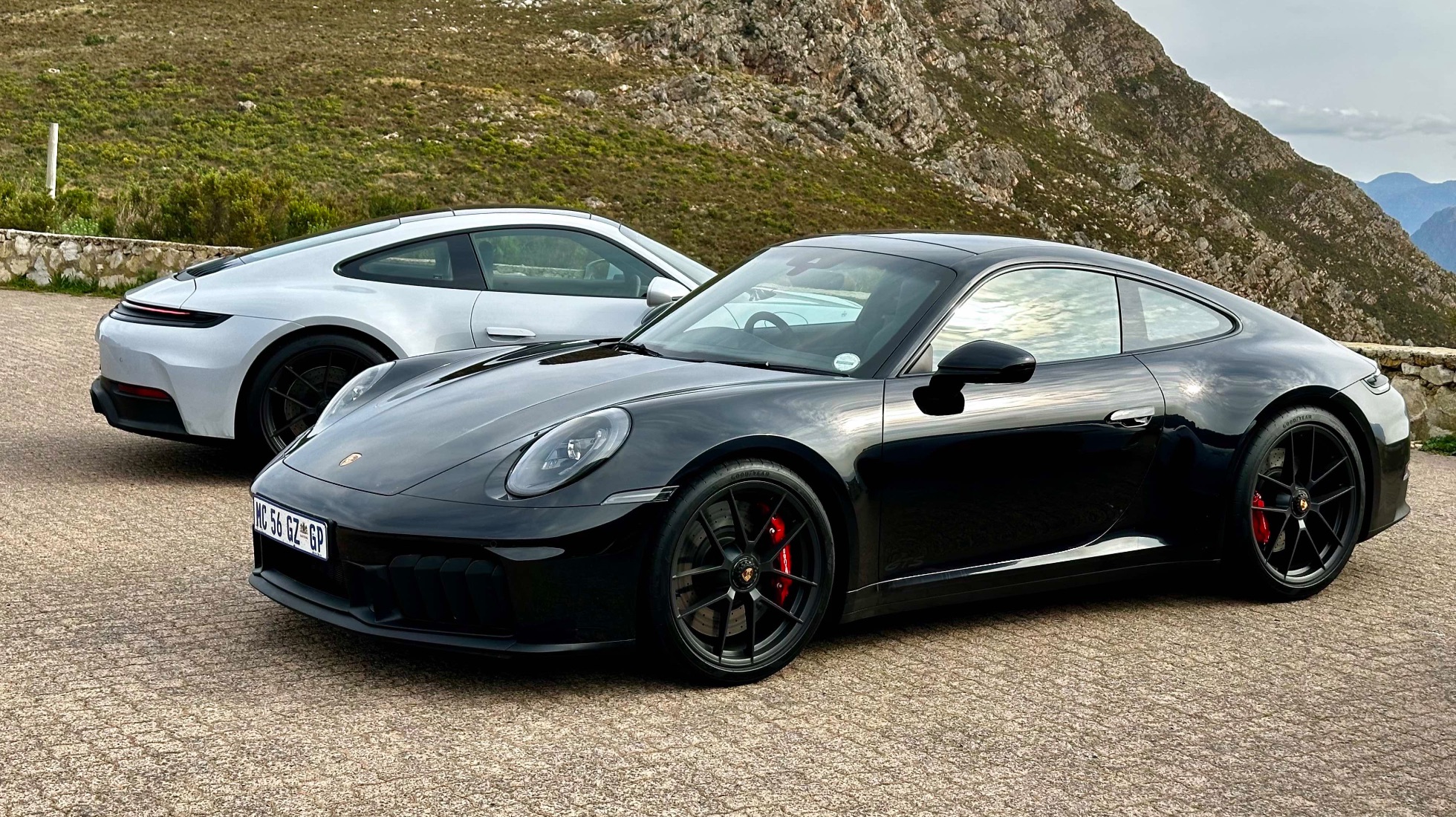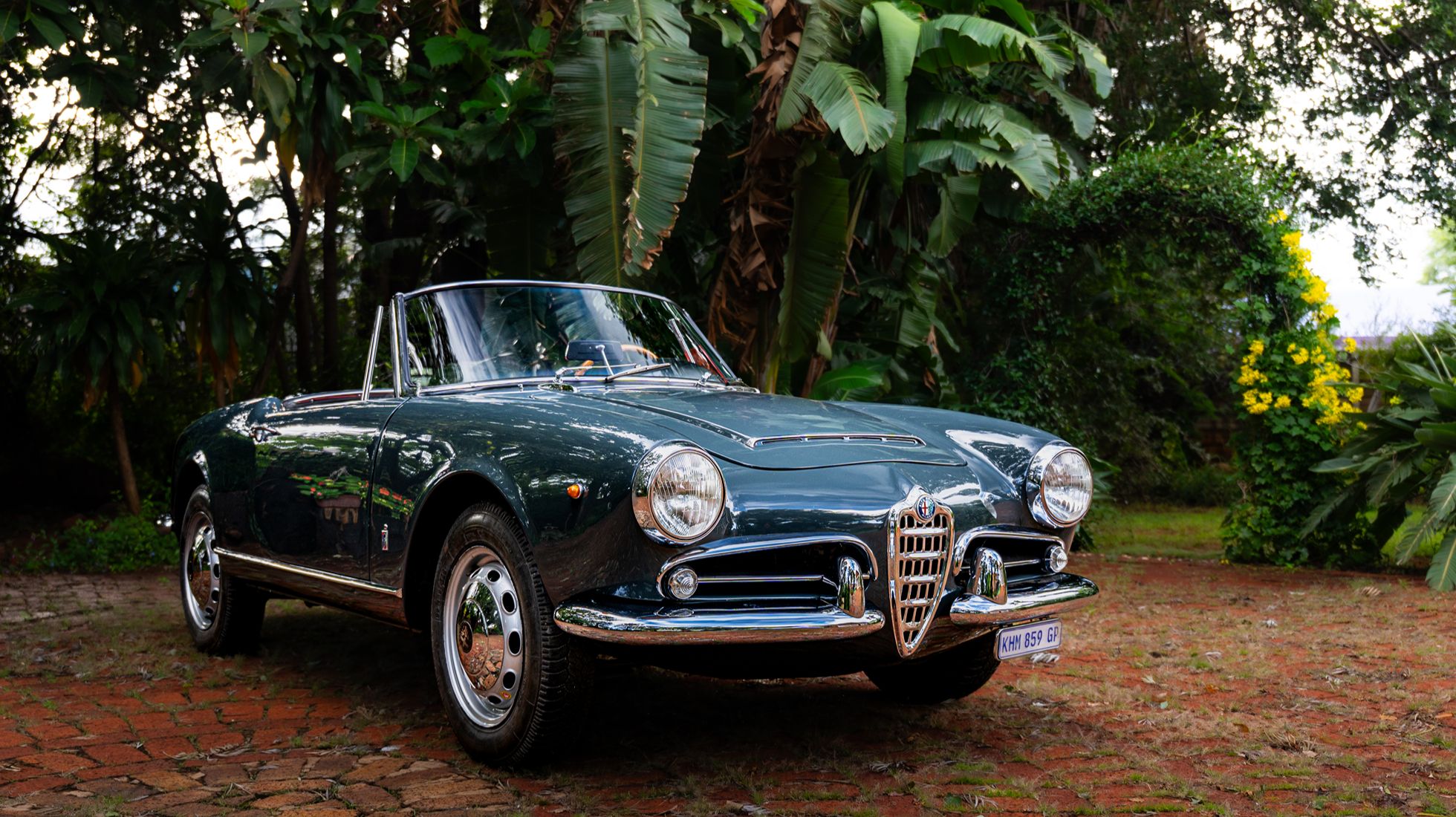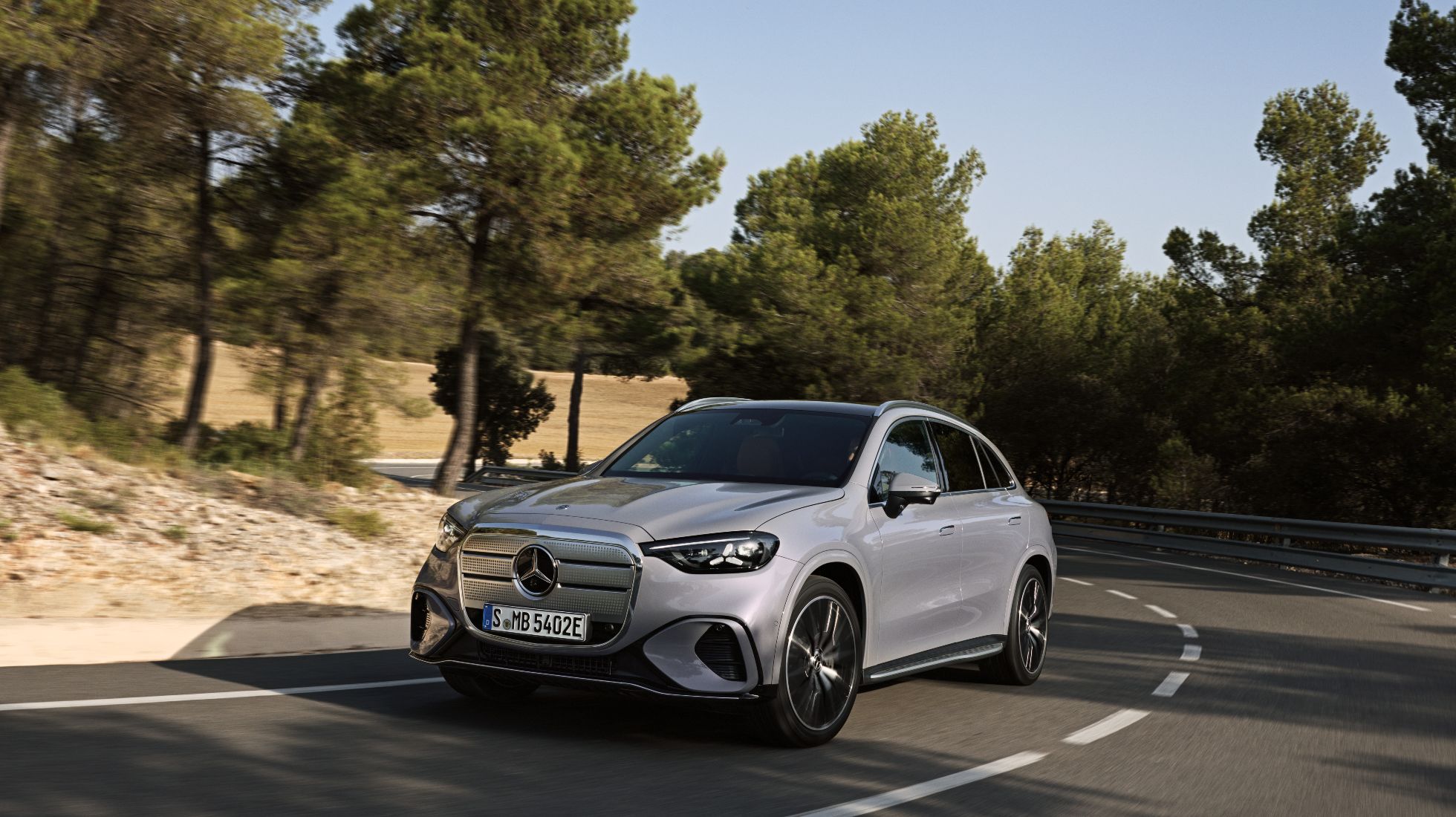First Drive: New Toyota Starlet
Badge engineering, rebadging, joint ventures, engine- and platform-sharing; whatever you fancy calling it, it’s an everyday occurrence as far as cars are concerned.
Take VW’s MLB Evo platform for one: it underpins the VW Touareg, Porsche Cayenne, Bentley Bentayga and Lamborghini Urus. Not many know this, but Mercedes-Benz and Renault also had an unlikely partnership where the latter supplied the former with powertrains – one such instance is the previous-gen A180 CDi, propelled by Renault’s 1.5-litre engine that also drives the Duster and Nissan NP200. Ford Ranger and VW Amarok… You get the point.
Toyota is no stranger to this ‘sharing is caring’ business since its Supra is underpinned by BMW’s Z4 chassis – as well as some other bits and bobs. Urban Cruiser? Yes, that’s a Suzuki Brezza wearing a Toyota haori. Getting to the point of this story, though, there's a new chapter written in joint venturing and it’s simply titled Toyota Starlet. Before you groan in displeasure at the sheer audacity, let us simply state that it makes sound business sense.
it makes sound business sense
While we’re not privy to what exactly the business agreement between Toyota and Suzuki entails in and around the use of the Baleno as the Starlet’s donor vehicle, logic dictates that it is a mutually-beneficial agreement. Toyota pays Suzuki for assembling the chassis, drivetrain, and passenger compartment at Suzuki’s Maruti plant in India. As a result, Suzuki can create jobs, develop new vehicles and re-invest in infrastructure projects since it’s already building the Baleno and there’s no need to create new assembly lines. Think of it as the economy of scale… sort of…
Toyota, on the other hand, gets a quality sub-compact car out of the deal at a wholesale price. This enables the Japanese giant to keep pricing competitive while adding some Toyota-specific touches. But it’s also here where it gets a touch complicated: both cars are competing for market share in the same market…
Does the Starlet have stars in its eyes?
So, you are asking, what is the Toyota Starlet all about? First, it needs to be mentioned that it comes in three different trim levels namely the Xi, Xs and Xr models and two different drivetrain configurations with a 5-speed manual that’s available across the range and a 4-speed auto ‘box that can be specified in the Xs and Xr models.
It also offers a fresh-faced approach compared to the outgoing model that was launched locally in 2020. Toyota used the opportunity to add a touch of Toyota-ness to the styling of the Starlet with chrome-plated fog-lamp surrounds and a honeycomb lower grille that is standard fare across the range in the Xi, Xs and Xr models. The Xr, however, gets the auto-light-control feature, follow-me-home lights and auto-folding side mirrors.

And speaking of the sides, here too it has seen some changes with more pronounced shoulder lines and a lowering of the rear window’s edge for improved visibility. Translation: it looks better than the outgoing model with a less dramatic rise in the beltline from the front to rear sections of the car.
The rear has also seen a change-up with a more pronounced rear bumper section and new taillights. While Toyota has gone to work remodelling the front section of the Starlet, it’s considerably more difficult to distinguish it from its twin in this particular section.
Now, for the elephant in the room... Which of the two looks best? Well, while I've only had photos as a reference of comparison, I daresay the Starlet is slightly more photogenic than its brethren from a frontal angle.
The case for the interior
Arguably the biggest surprise of the Starlet is the cabin that – bar the hard-wearing plastic employment on frequently-touched areas – belies the size and price of the Starlet. It really is surprisingly roomy and, as far as the Xr models we drove on launch are concerned, well-equipped.
.jpg)
The two-tone dashboard design is a nice touch while the upwardly-positioned 9” infotainment tablet of the Xr is easy to navigate with a home screen giving an overview of the essential information you'd want to know while driving. What also surpassed expectations were the crisp resolution and decent processing speed of the infotainment system when connecting to third-party features like Android Auto. A tiny detail, sure, but considerably better than some cars costing twice as much.
According to Toyota, the Xi and Xs models are equipped with a 7" screen and all models get USB functionality and fast-charge rear USB ports.
How about driving?
While we won’t dive too deep into the technical details of the engine, it’s worth noting that the old 1.4-litre moved aside for a 1.5-litre naturally aspirated engine. It produces 77 kW (9 kW more than the 1.4) and 138 Nm of torque, an increase of 8 Newtons. It goes without saying that the Starlet will likely never make it into any performance anecdotes but where it matters, the Starlet performs adequately well – even with the mechanicals that were not yet properly run in since it had less than 400 kms on the odo. This lack of early mechanical-gelling was most notable on the 4-speed auto we spent the majority of our time in, feeling just a little on the heavy side during upshifting.
the mechanicals that were not yet properly run in since it had less than 400 kms on the odo
Still, it does what it says on the box proving to be a breeze to drive in the confines of the city where we’d wager the Starlet will spend at least 70% of its time.
Should you buy one?
Toyota markets the Starlet as the perfect car for young buyers who favours affordability, space and styling. If that's you, it's definitely worth a test drive since pricing starts at R226,200 for the Xi manual derivative and tops out at R313,300 for the Xr auto that is, in short, good value for money.
Compared to its twin? Well, this depends entirely on you since it’s, essentially, the same car with only minute differences in the spec department, somewhat different launch pricing and a considerable difference in warranty and service plans with Toyota offering a three-year/45,000 km service plan and 100,000 km warranty. Hint: Suzuki tops the latter.
Love this automotive collaboration, or hate it, the fact of the matter remains that because of the business sense behind it, manufacturers like Toyota can offer cars like the Starlet that punches well above its price-point.
Starlet 1.5 Xi MT - R226,200
Starlet 1.5 Xs MT - R239,100
Starlet 1.5 Xs AT - R261,100
Starlet 1.5 Xr MT - R294,900
Starlet 1.5 Xr AT - R313,300


.jpg)

.jpg)
















